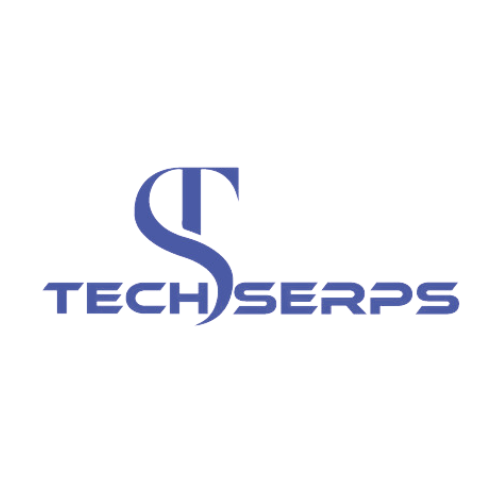Introduction
Efficient product organization is critical for the success of e-commerce businesses. Managing large catalogs and categorizing product images manually can be time-consuming and prone to errors. Fortunately, AI tools are revolutionizing this process, automating product sorting in photos AI to save time, reduce errors, and improve accuracy.
In this article, we’ll explore the top AI tools that excel in sorting product images for e-commerce platforms and provide actionable insights into their benefits and usage.
Importance of Product Sorting in E-Commerce
Impact on Customer Experience
Organized product photos improve discoverability, making it easier for customers to find what they’re looking for. Enhanced navigation and accurate search filters create a seamless user experience, boosting customer satisfaction and retention.
Operational Efficiency
AI automation minimizes manual efforts, enabling businesses to allocate resources to more strategic tasks. Automated product sorting helps reduce operational costs while significantly increasing cataloging speed.
Scalability for Growing Catalogs
For businesses with expanding inventories, managing thousands of images manually becomes nearly impossible. AI tools provide scalable solutions, ensuring product images are sorted accurately and efficiently, regardless of volume.
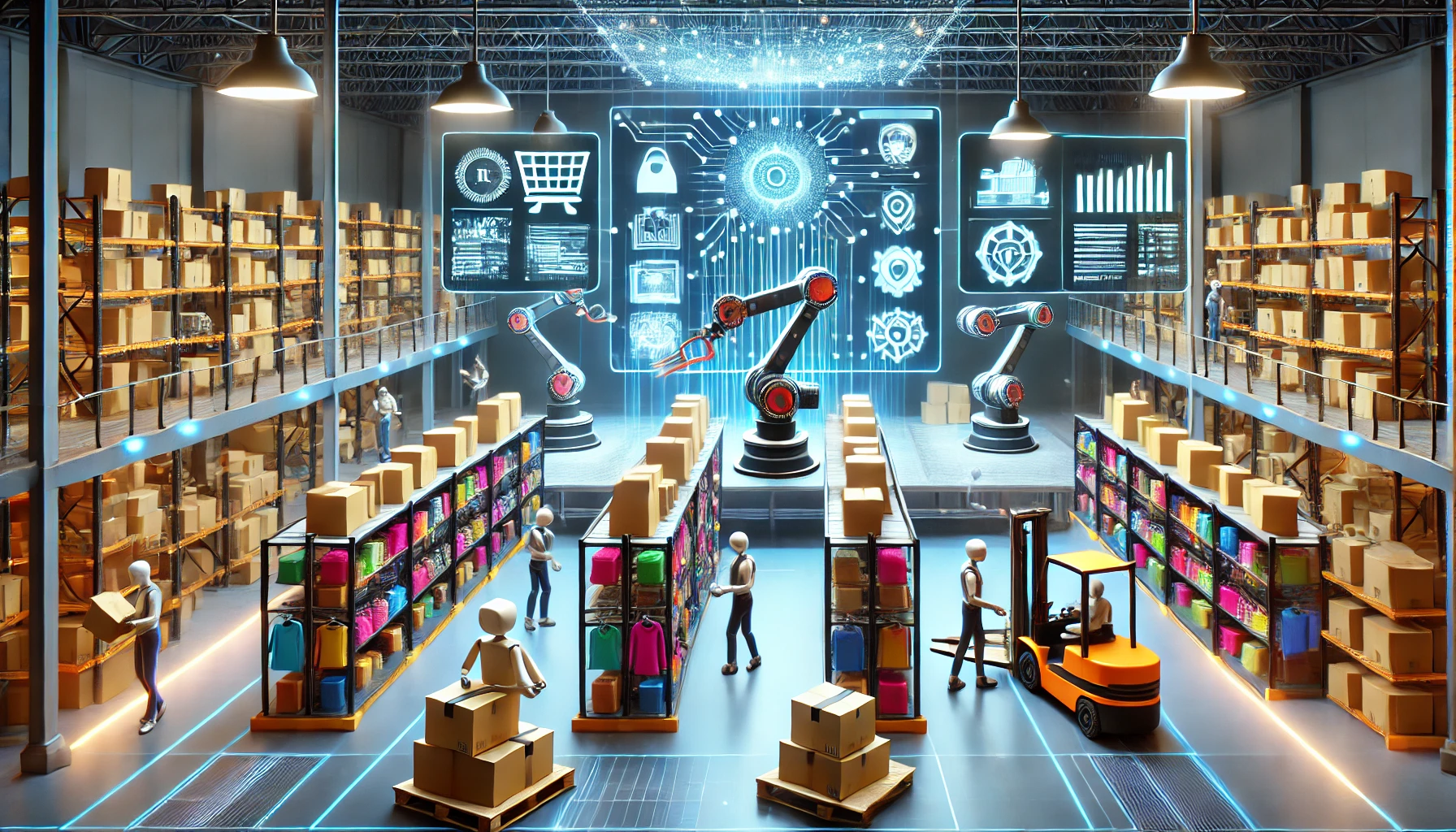
How AI Works in Product Sorting for Photos
Key AI Technologies Used
- Image Recognition and Classification: AI identifies objects, colors, and patterns within product images.
- Machine Learning and Neural Networks: These technologies detect patterns, improving sorting accuracy over time.
- Natural Language Processing (NLP): Tags and labels images with relevant keywords for better categorization.
Steps in AI-Based Sorting
- Analyzing Image Data: Detects features like objects, colors, and textures.
- Categorizing and Tagging: Assigns products to predefined categories.
- Automation and Learning: Continually improves sorting efficiency with usage.
Advantages Of Manual Methods
- Speed and Accuracy: Processes thousands of images quickly and precisely.
- Real-Time Updates: Integrates with platforms for instant updates.
- Consistency: Reduces human errors, ensuring uniformity in image organization.
Top AI Tools for Product Sorting in E-Commerce Photos
1. Google Vision AI
Features: Image labeling, object detection, and seamless integration.
Benefits: Ideal for tagging and categorizing large catalogs efficiently.
Use Cases: Automating product categorization in fashion, electronics, and home goods.
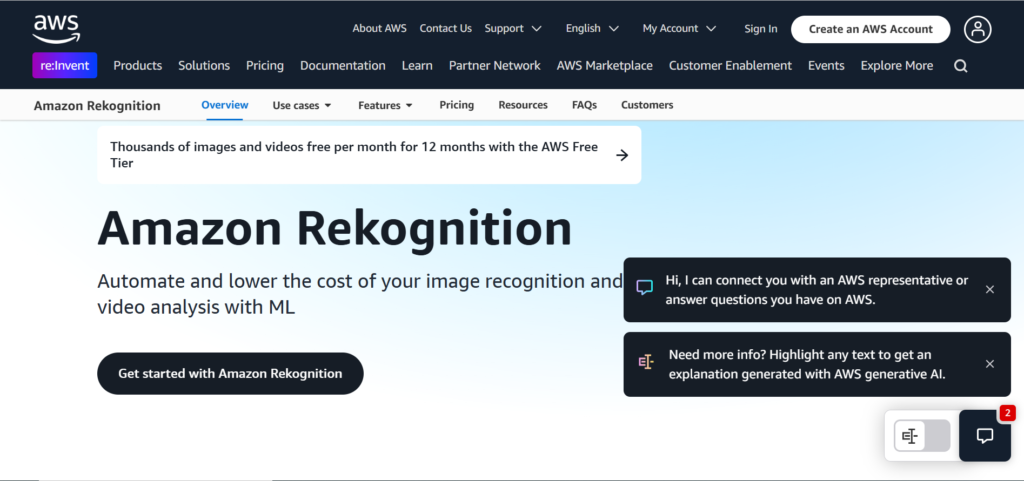
2. Amazon Rekognition
Capabilities: Image recognition, object categorization, and facial analysis.
Benefits: Enhances e-commerce platforms by simplifying product sorting.
Use Cases: Organizing product images for e-commerce giants and SMEs alike.
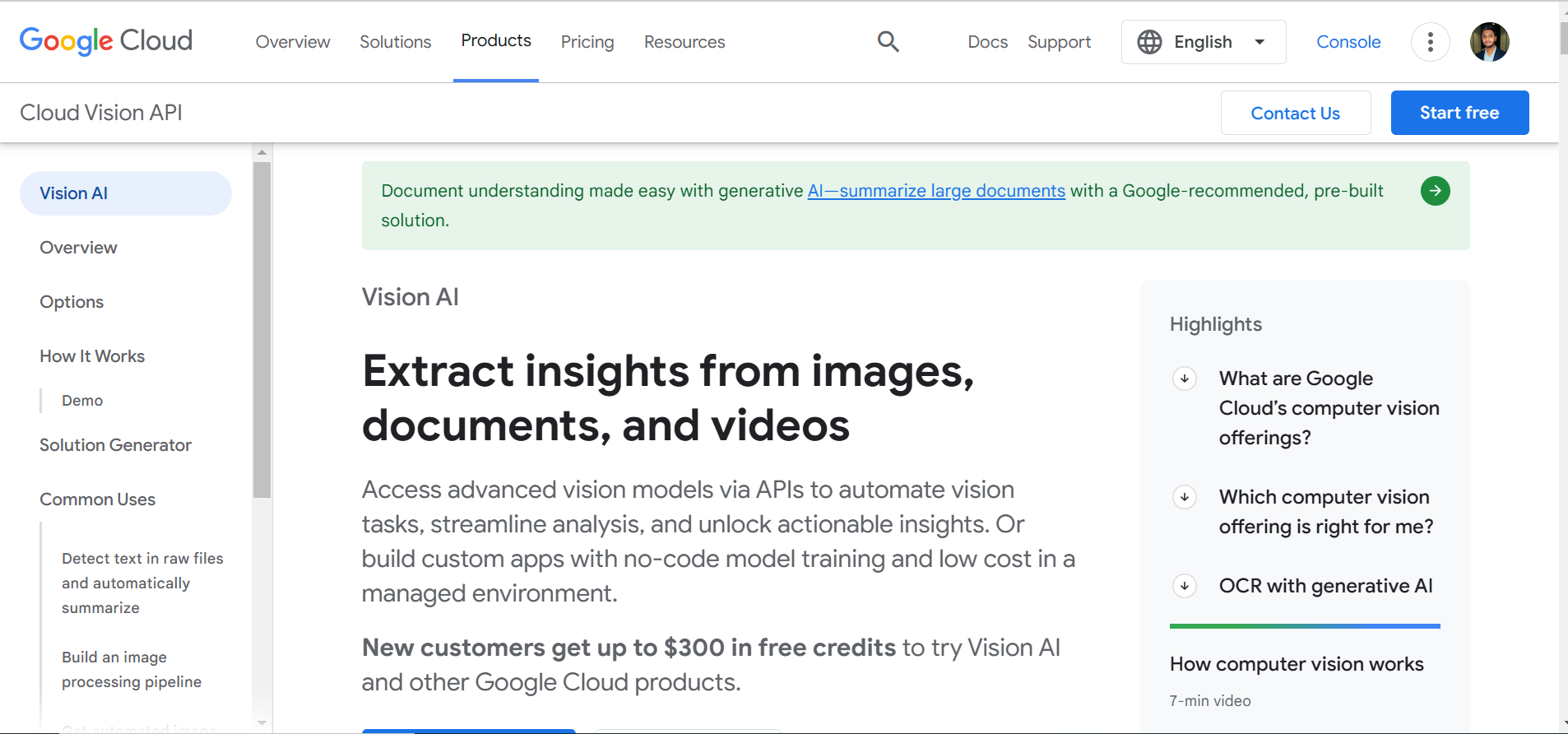
3. IBM Watson Visual Recognition
Features: Advanced visual recognition and customizable tagging.
Benefits: Supports high levels of customization to meet specific business needs.
Use Cases: Sorting product photos in diverse categories like retail and food.

4. Clarifai
Specializations: Scene detection, product categorization, and API integration.
Benefits: Provides robust solutions for niche e-commerce sectors.
Use Cases: Effective for sorting high-quality images in industries like luxury goods.
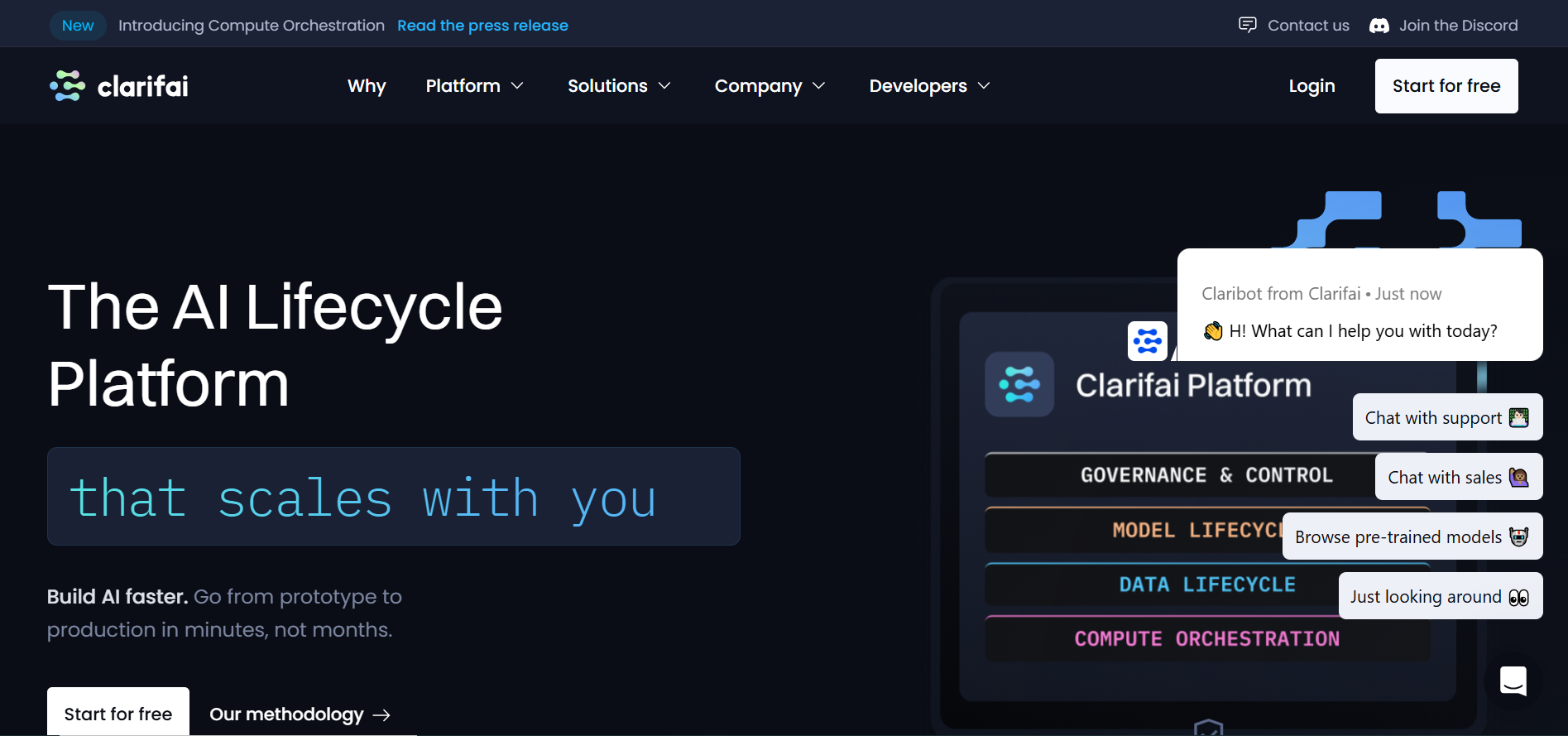
5. Microsoft Azure Cognitive Services
Features: AI-powered image analysis, tagging, and Microsoft ecosystem integration.
Benefits: Scalable solutions for large e-commerce platforms.
Use Cases: Organizing images for websites with a high volume of traffic.

Honorable Mentions
- Scandit: Specializes in barcode scanning and image recognition.
- Deep Vision AI: Ideal for product categorization in retail.
- Open-Source Alternatives: Affordable options for startups.
Factors to Consider When Choosing an AI Tool
1. Accuracy and Performance
- Evaluate benchmark accuracy levels.
- Choose tools that adapt to your product categories.
2. Integration Capabilities
- Ensure compatibility with platforms like Shopify and WooCommerce.
3. Scalability and Customization
- Opt for tools that handle growing databases.
- Prioritize those with customizable features for specific needs.
4. Cost and Pricing Models
- Assess whether the tool fits your budget and provides value for money.
5. User-Friendliness
- Select tools with intuitive interfaces and minimal learning curves.
Case Studies and Real-World Applications
Success Stories from E-Commerce Businesses
Many e-commerce brands have implemented AI tools to streamline photo sorting. For example, a leading fashion retailer used Google Vision AI to tag thousands of product images in record time, significantly improving their website’s navigation.
Before and After AI Implementation
Businesses report improved efficiency, fewer errors, and enhanced customer experiences after adopting AI-based tools. Automated updates also keep their catalogs consistent and current.
Challenges and Limitations of AI in Product Sorting
Initial Setup and Training
Implementing AI requires time and data for training, which can be a hurdle for smaller businesses.
Handling Edge Cases
Ambiguous images or products with unique features may occasionally pose challenges.
Cost for Small Businesses
High-end tools might be expensive for startups. Open-source options could be a viable alternative.
The Future of AI in E-Commerce Photo Management
Advancements in AI Technology
Advancements in AI technology have transformed industries by enhancing automation, improving decision-making, and enabling personalized experiences. Key innovations include machine learning algorithms that adapt and improve over time, natural language processing for better human-computer interactions, and deep learning that mimics the human brain’s ability to recognize patterns. These developments are not only revolutionizing fields like healthcare, finance, and marketing but also making AI more accessible, efficient, and versatile. As AI continues to evolve, its potential to solve complex problems and drive innovation grows, offering exciting possibilities for the future of technology.
Integration with Emerging Technologies
he integration of AI with emerging technologies is creating powerful synergies that enhance innovation. By combining AI with the Internet of Things (IoT), for example, smart devices can make real-time decisions based on data, improving efficiency and user experiences. AI’s collaboration with blockchain enables secure, decentralized systems with automated processes. Additionally, the fusion of AI with 5G networks promises faster data processing and enhanced connectivity, opening up new opportunities in industries like healthcare, autonomous driving, and manufacturing. These integrations are paving the way for smarter, more connected systems that push the boundaries of what’s possible
Fully Automated E-Commerce Workflows
Fully automated e-commerce workflows streamline business operations by integrating processes such as inventory management, order fulfillment, and customer service. Automation tools handle tasks like product listing updates, inventory tracking, and order processing without human intervention. This reduces errors, speeds up transactions, and enhances the overall customer experience. Additionally, automated systems can manage marketing campaigns, customer follow-ups, and personalized recommendations. By minimizing manual effort, businesses can focus on growth and innovation, ensuring seamless operations, lower costs, and improved scalability in a competitive online marketplace.
Conclusion
Recap of Key Takeaways
AI tools are transforming product sorting in e-commerce photos by improving efficiency, accuracy, and scalability.
Encouragement to Adopt AI Tools
Businesses of all sizes can benefit from adopting AI to optimize their product image management.
Call to Action
Explore the AI tools mentioned above and find the best fit for your e-commerce needs. Start enhancing your operations today!
FAQs
1. What is AI product sorting in photos?
AI product sorting in photos involves using artificial intelligence to analyze, categorize, and tag product images automatically, improving e-commerce efficiency.
2. Which AI tool is best for product sorting?
The best tool depends on your needs. Google Vision AI, Amazon Rekognition, and Clarifai are popular options for their accuracy and scalability.
3. How does AI improve product image organization?
AI automates the categorization process, reducing errors, saving time, and ensuring consistency across large catalogs.
4. Is AI product sorting expensive?
Costs vary. While high-end tools may be pricey, there are affordable options and even open-source tools for smaller businesses.
5. Can AI handle unique or ambiguous product images?
Most AI tools adapt over time with machine learning, but edge cases may require manual adjustments or additional training.
